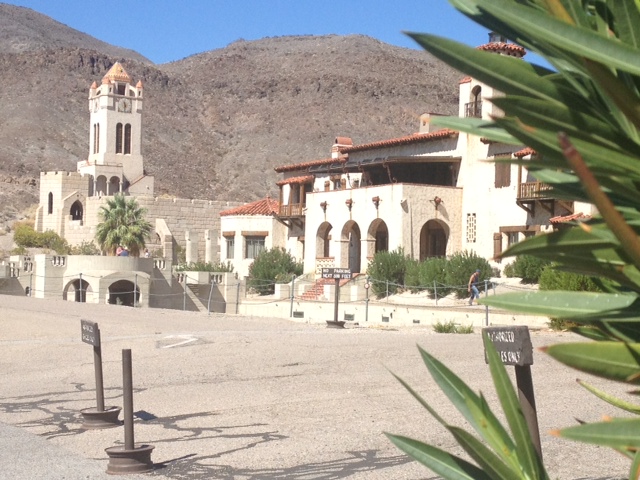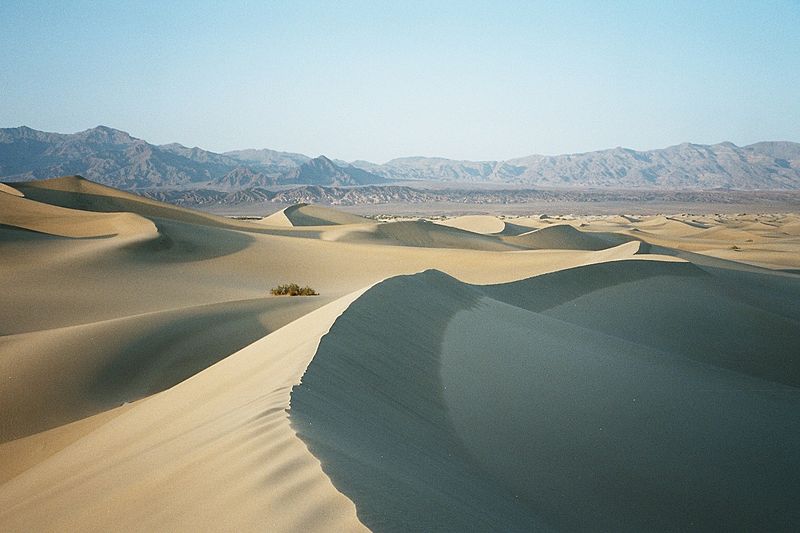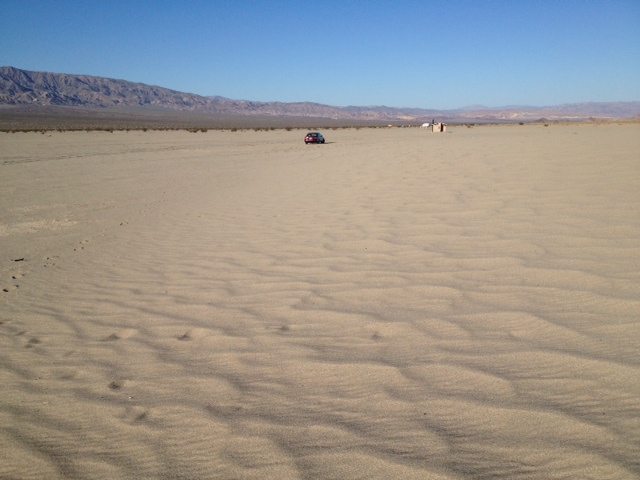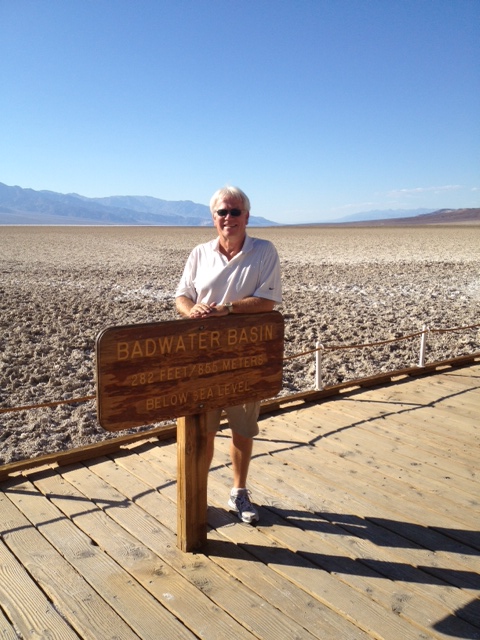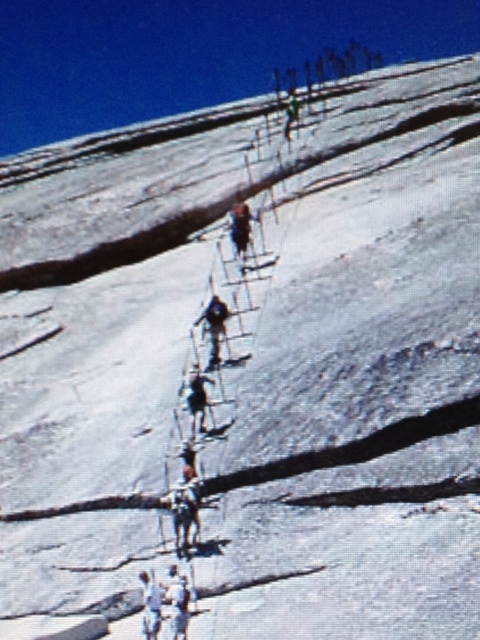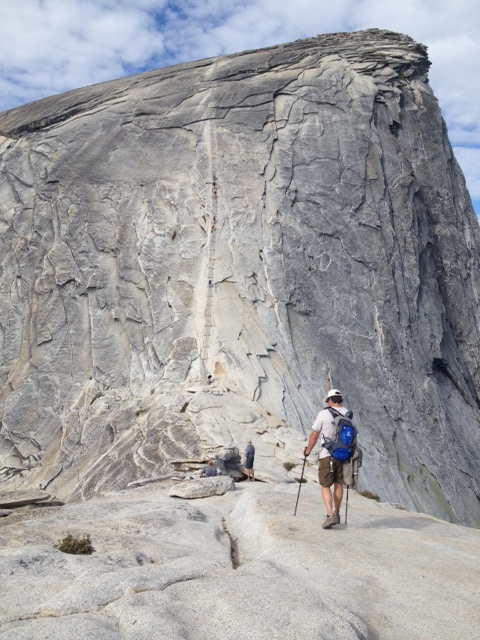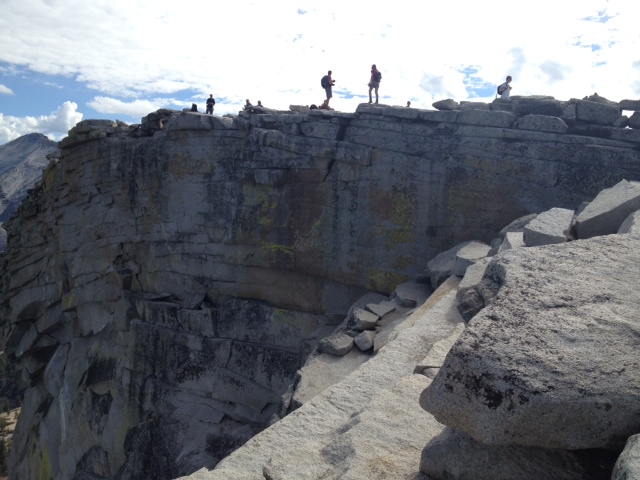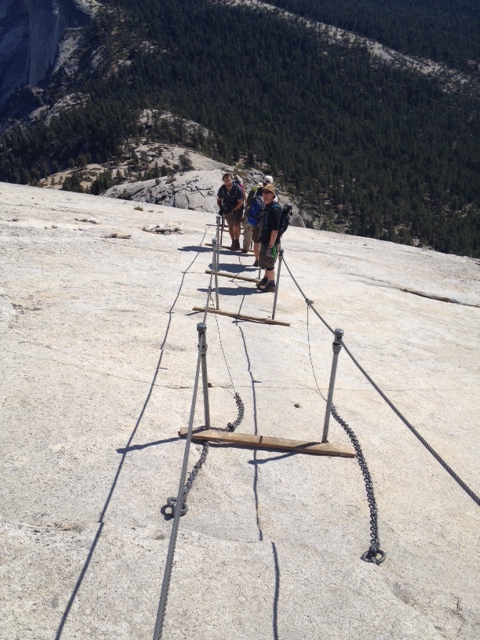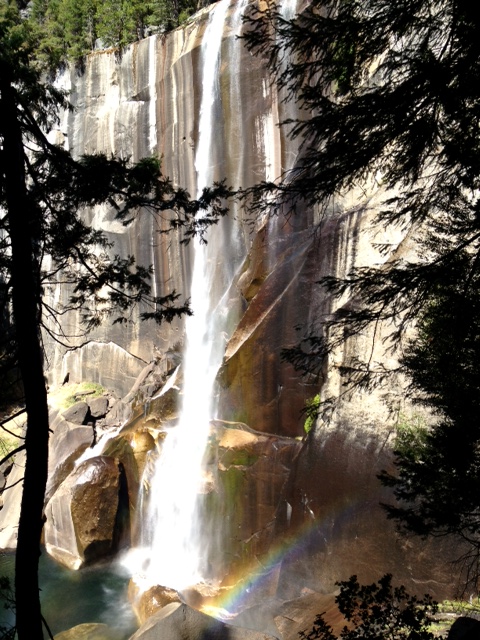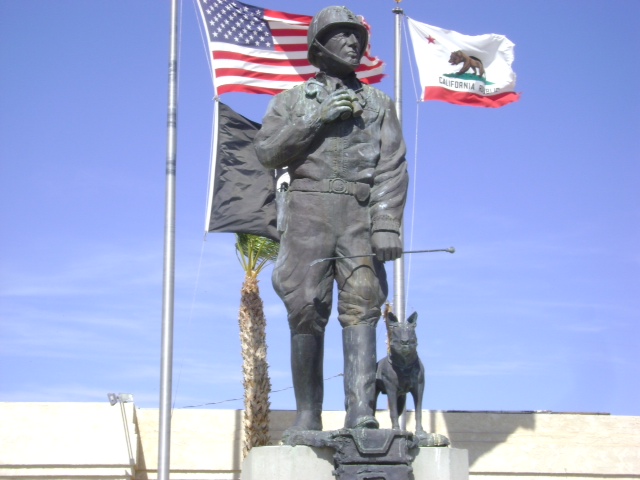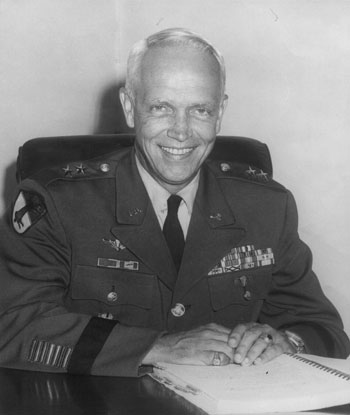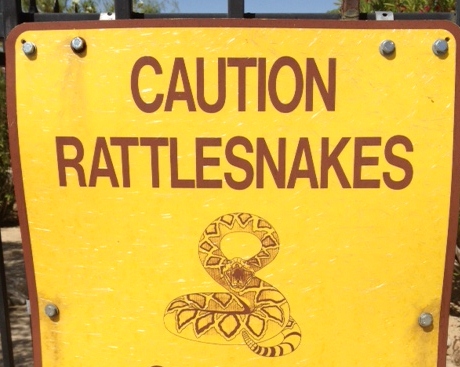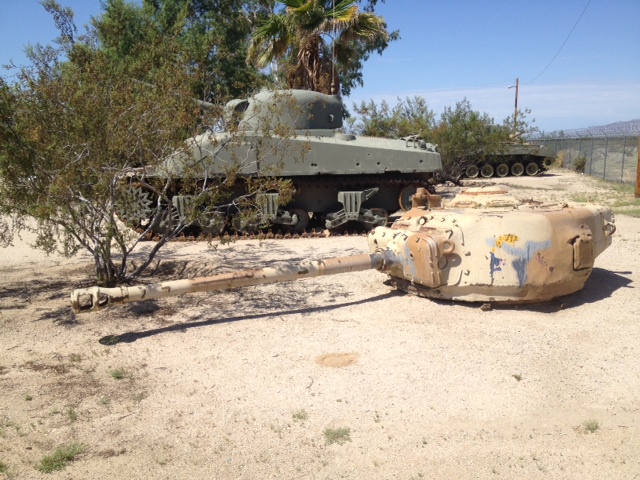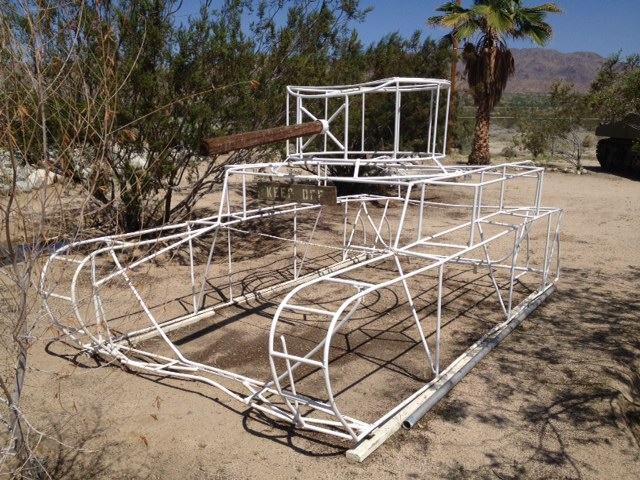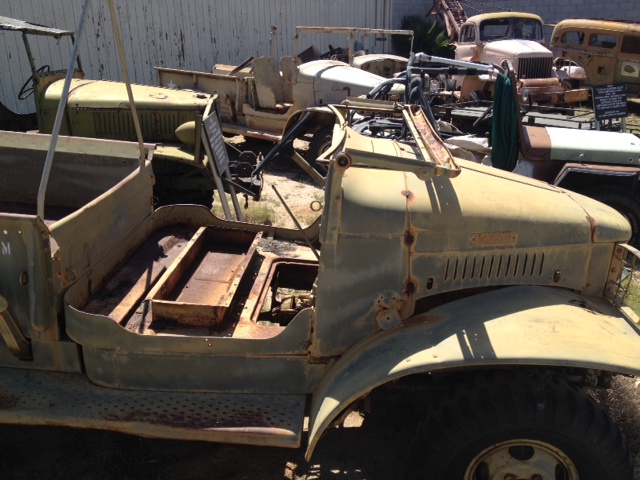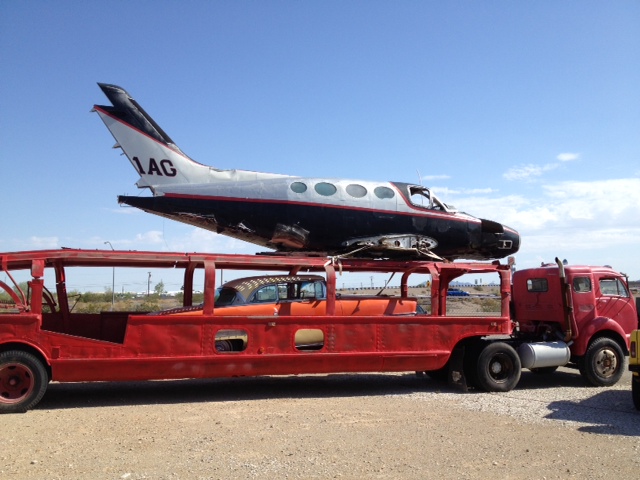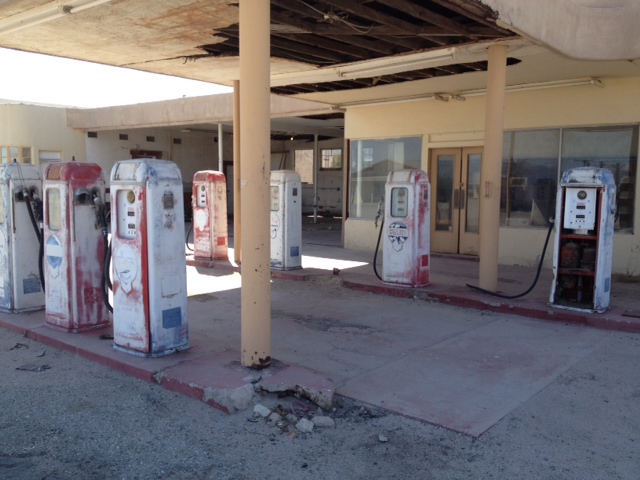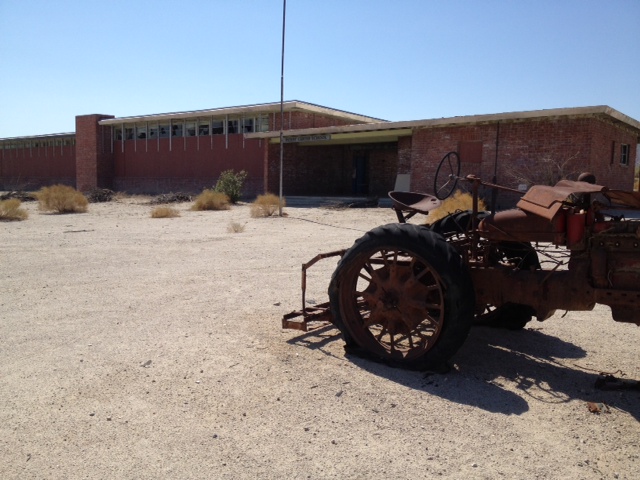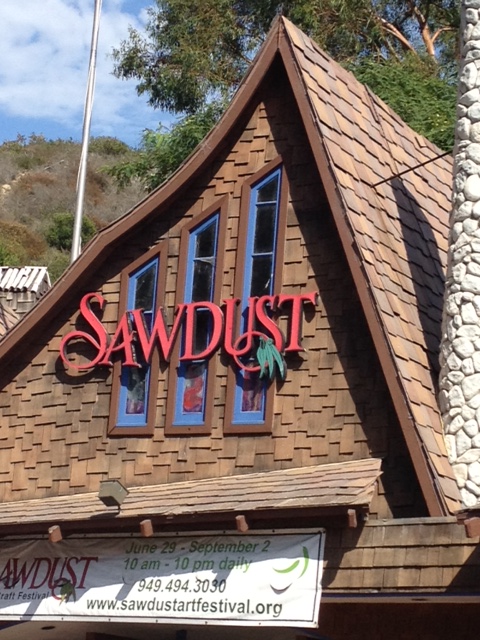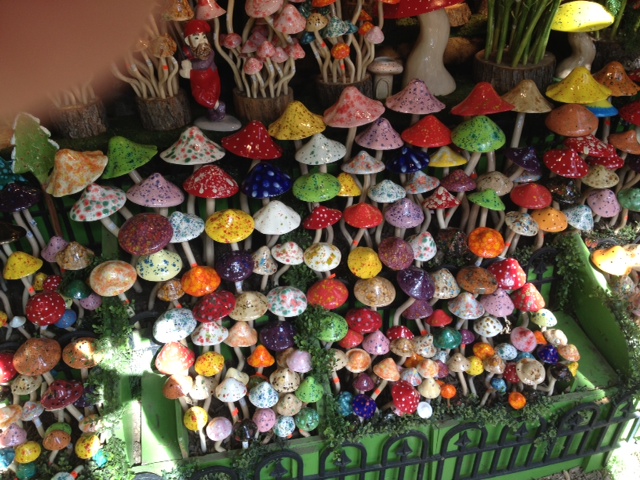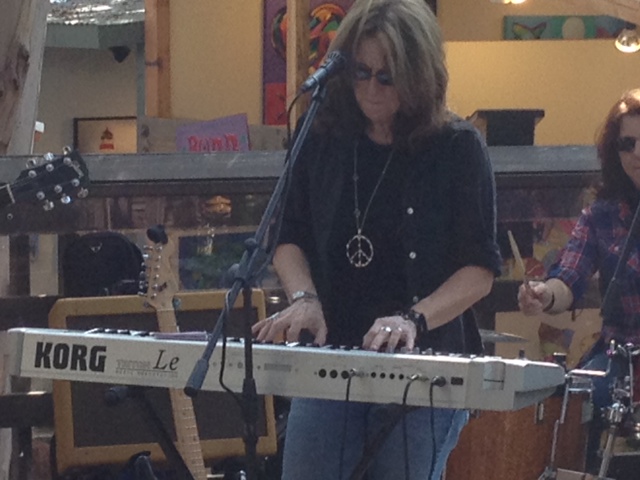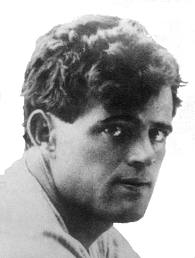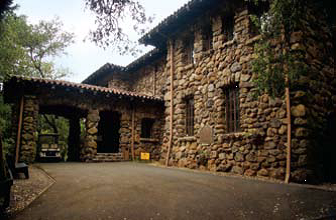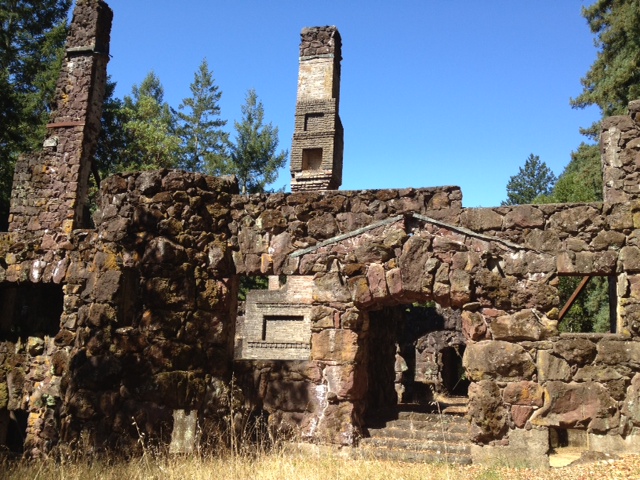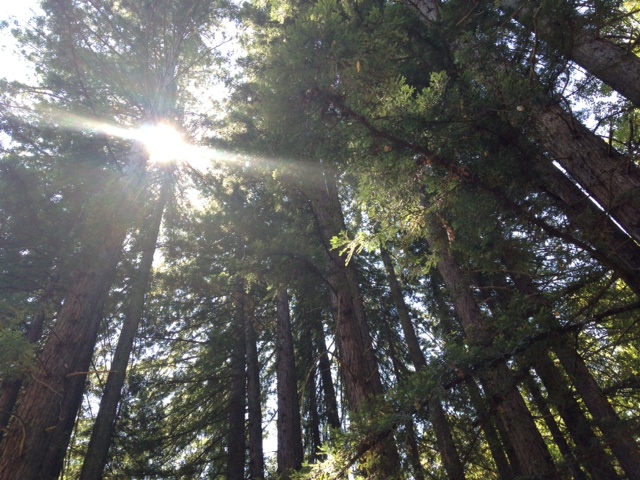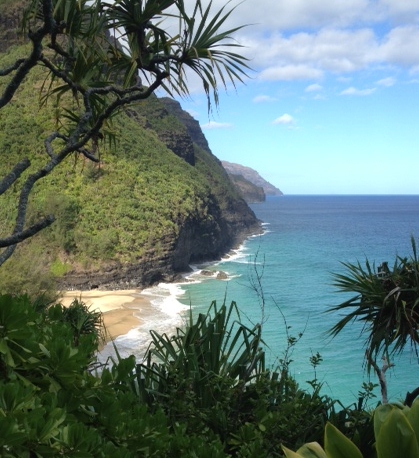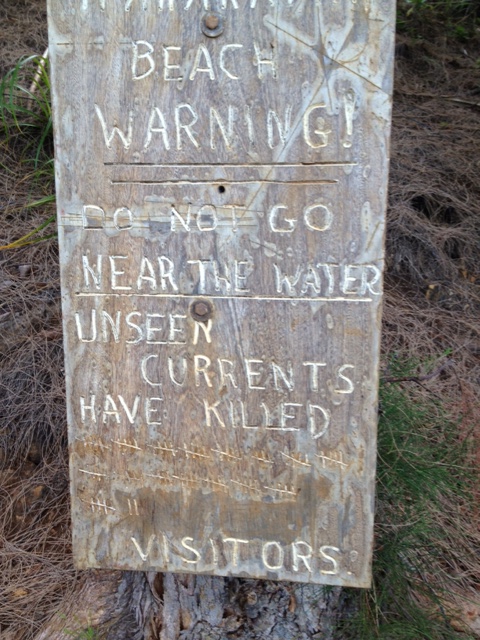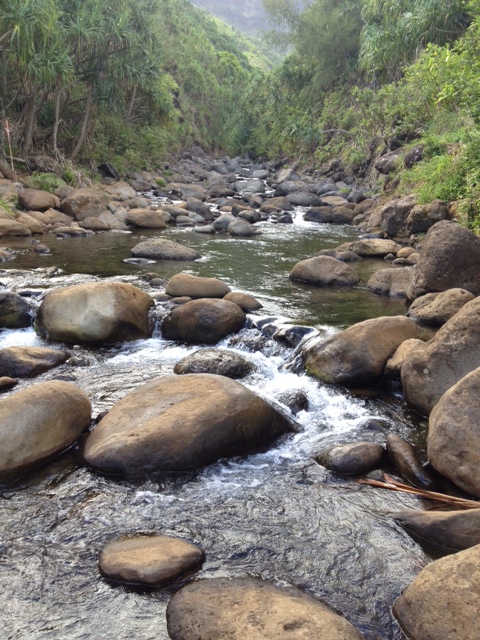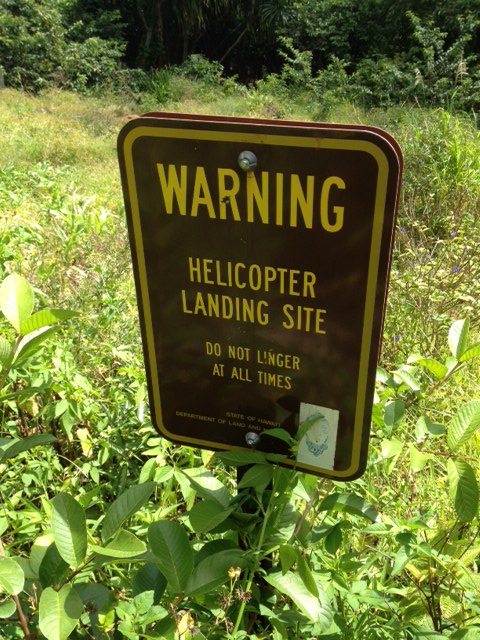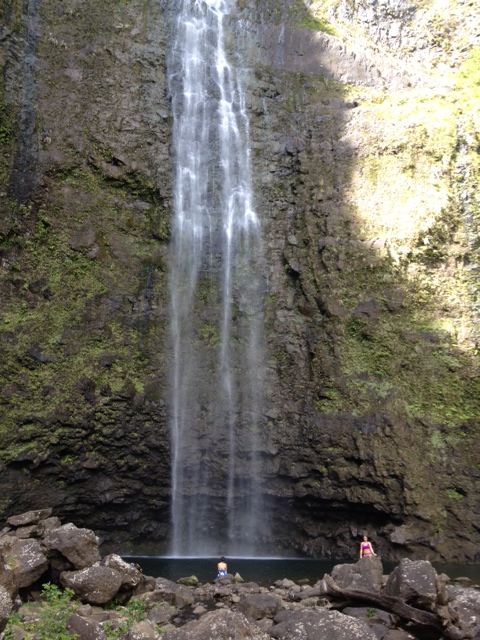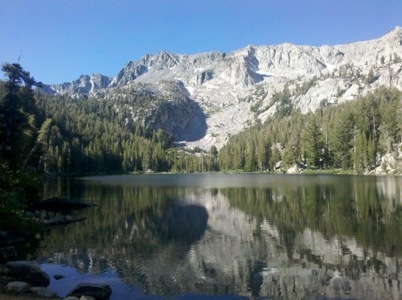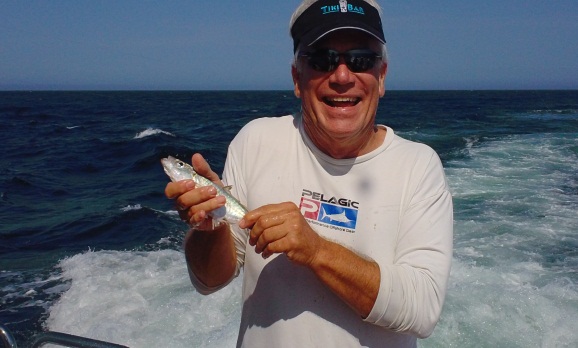by Suzanne Sparrow Watson
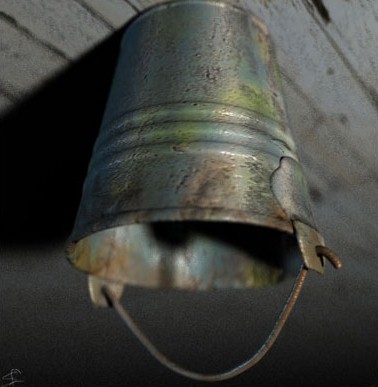 Every time I pick up a newspaper or a magazine lately it seems there’s an article about someone working on their “bucket list”. Boomers everywhere are compiling lists of things to do before they die: climb Mt. Everest, sail around the world or buy a red Corvette. My brother has done an admirable job of checking off his “to do” list; most of his feats require a lot of conditioning and some derring-do. Except seeing the General Patton Museum – that just took a high tolerance for boredom.
Every time I pick up a newspaper or a magazine lately it seems there’s an article about someone working on their “bucket list”. Boomers everywhere are compiling lists of things to do before they die: climb Mt. Everest, sail around the world or buy a red Corvette. My brother has done an admirable job of checking off his “to do” list; most of his feats require a lot of conditioning and some derring-do. Except seeing the General Patton Museum – that just took a high tolerance for boredom.
I used to have a bucket list. Actually, it wasn’t so much a list as an item. I only had one thing I wanted to do – hang glide. For thirty years I’ve watched hang-gliders with admiration. I was in awe of their fearlessness and their obvious gold standard medical plan. But in the last year or so I’ve finally come to the realization that I won’t be jumping off a cliff anytime soon. For a while I thought I might take a page from George H.W. Bush’s skydiving book and go tandem. Now I’ve decided that unless I get that same cute Army Ranger to hang on to, it’s just not going to happen.
So earlier this year I decided to flip things around. Instead of a bucket list, I started to compile a list of the 10 best events that I have already experienced. In other words, I started an Upside Down Bucket List. My only rule was that nothing on the list could be “obvious” – like a wedding day. Given that I have a hard time remembering what I had for dinner last night, it has taken me months to recall 10 events worthy of the list.
I started off with five items that were major moments. Those were easy. The next five took more thought and retrospection. I was surprised when something as mundane as a movie or listening to someone else’s adventures would spark a memory of something I’d long forgotten. I would jot down events as I thought of them and then mull over whether they were worthy of the final five slots. It was lost on me that no one else was ever going to see this list – my obsessive/compulsive nature took over and I needed it to be perfect. Perhaps one of my activities should have been to visit a good shrink.
Of course, dredging up memories causes some not so great days to be recalled too. Like the time I fell down an entire flight of escalators at a BART station (everything in tact except my dignity) or when I walked in late to a wedding and realized after 10 minutes that it wasn’t my friends’ wedding (ever tried to skulk out of church quietly?). Those days definitely did not make the list but for a moment I did think about compiling a list of my 10 most embarrassing days.
After months of thinking and reminiscing, I have finalized my Upside Down Bucket List. Final for now anyway; I’ve reserved the right to add and delete as my memory allows. It’s interesting to take a step back and review it. I’m not sure exactly what it says about me, but my list divides into three categories: Adventure, Family, and Personal Achievements. I won’t bore you with the list but I can assure you that each item brings back great memories – whether it was challenging myself physically, a great conversation with my dad, or an unexpected success.
It’s been a fun experience. It was harder than I thought it would be but it also more rewarding. Each time I look at the list it brings a smile to my face or a boost to my confidence. So I’d encourage you to do it – it’s a great way to remember the good times. And a lot safer than leaping into thin air with some flimsy wings strapped on your back.
